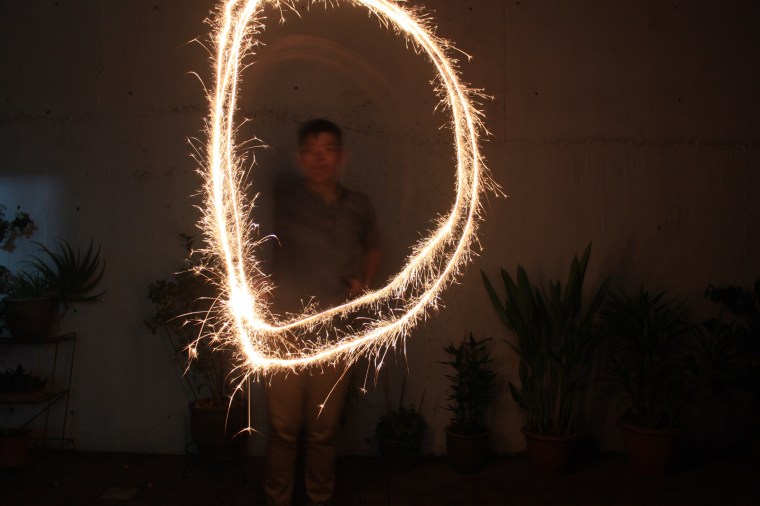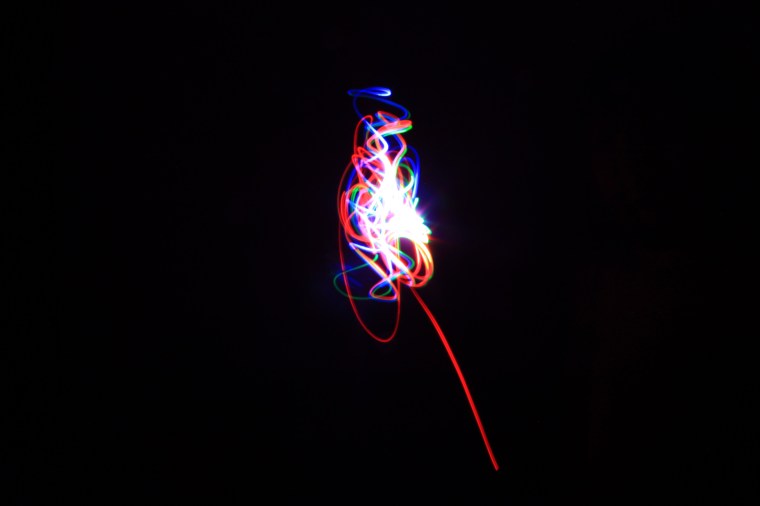Hey everyone!
We admit that we have been very busy for the past few weeks, and we were sad that we could not update our website with new posts (although our Instagram is still active, don’t worry!) We’re glad to say that we’re back in full swing, ready to upload and share about our latest adventures!
Light painting is one of our keen interests, and we certainly have had fun composing long exposure shots with bright lights, and these lights can be produced with a variety of sources! In this entry, we are sharing about the different instruments for light photography, and how we captured some of our shots.
Things to Have and Remember
Key to capturing light painting photos are the following:
- A small aperture and a long (depending on the brightness of the light source) shutter speed: a small aperture gives the user opportunity to ‘paint’ for a longer period of time (i.e. the smaller the aperture, the longer time for ‘painting’), although this depends on the brightness of the light source as well;
- A tripod, to eliminate any concerns about shakiness when holding a camera for long periods of time;
- An adequate light source, which can range from torchlights to sparklers and even the flash function of handphones; and
- Creativity, and a good mind for imagination; this we find to be the most crucial element, since one has to visualise how the ‘final product’ will turn out!
Below, we detail our light painting photography according to our light sources:
Sparklers
Sparklers are a fun way to get into light painting, and there is additional pressure, knowing that one sparkler technically will burn out within a set amount of time! Singaporeans love to play with sparklers, especially during Chinese New Year or the Mid-Autumn Festival (check out our featured entry here, where we also had fun with sparklers!). Further, the sparks that emanate from the device are fun to behold, but in any case sparklers should be used cautiously.
The photos below illustrate our first attempts at light painting with sparklers quite a while back, and we admit we were a bit sloppy, but then again it’s the joy of trying to conjure up realistic paintings that is worth the experience! We used a Canon 500D for this, with a 18-55mm lens with the smallest aperture of f/22.










Light Painting Tools
Unsurprisingly, some developers have sought to enrich the light painting experience, by creating tools designed for light painting! One such example is the Lomography light painting tool, which is designed to emit up to three different coloured lights, thus allowing for a colourful composition of lights!






We certainly had our share of fun with light painting, and we hope that these tips will encourage you to grab your light painting tools (be it a dedicated light tool, sparklers or even your handphone)!
Till next time,
Damianwithsandra


I really like reading a post that can make people think. Also, thank you for allowing for me to comment!
LikeLike
Thank you for your kind words! 🙂
LikeLike